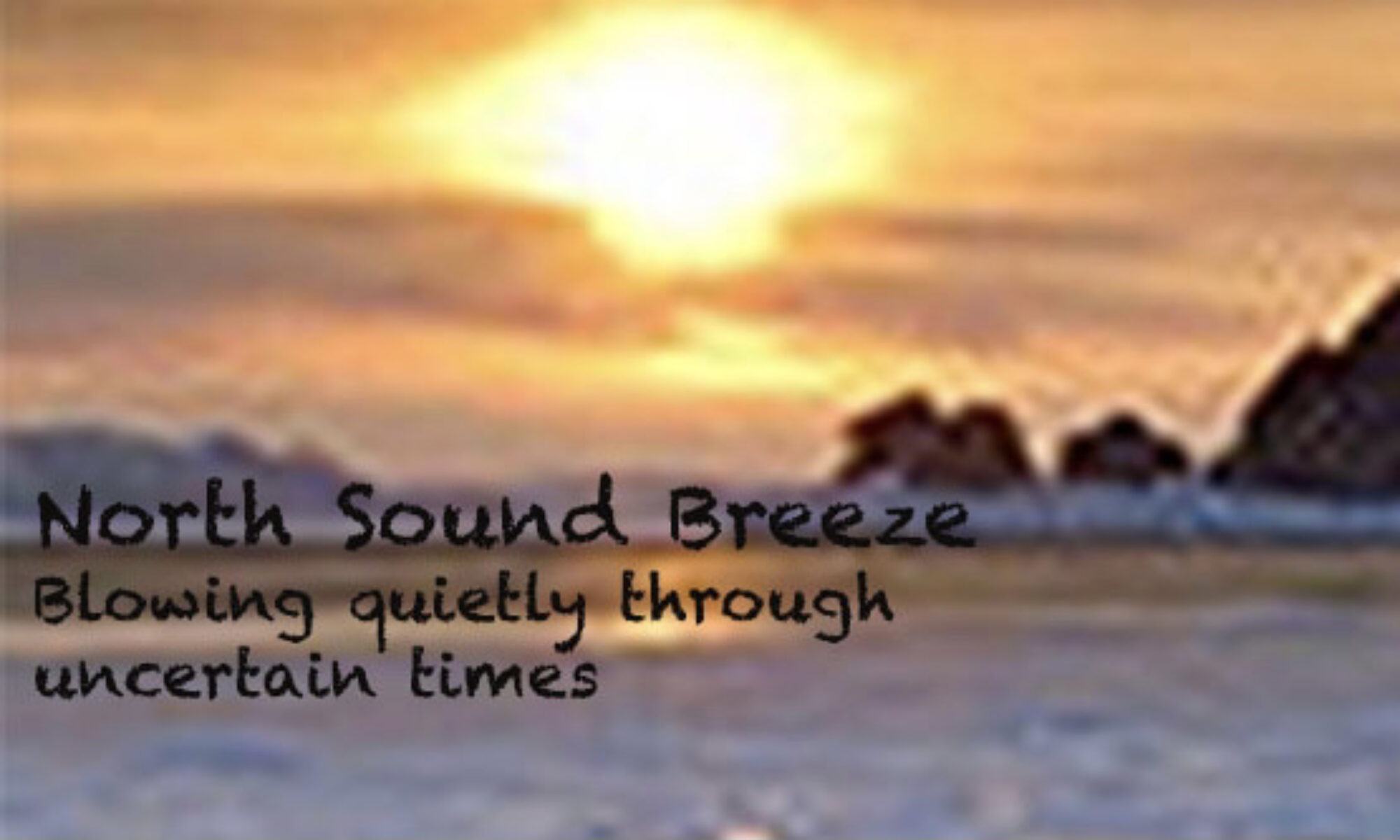“Time makes more converts than reason.”
Another day, drifting in the North Sound on The Aimless.
Woke up this morning, climbed into my clothes and started the fire in the
little stove to run the chill off. I had been dreaming about Tom Paine, and
the smell of the fresh coffee somehow got me to thinking about his rough
voyage from England to America. I wondered if he might have enjoyed and
appreciated the really simple things, as I was, at the moment… the new fire
snapping, the coffee’s aroma, the smell of the sea squeezing in between the
tent flaps… in his immense mind and his painfully pure heart, I wonder if he
noticed the simple things, if he enjoyed them as I do.
I know a few things about Thomas Paine. I know he was a solitary man,
sometimes by design, sometimes not. I know he was a passionate activist,
that he knew the way to change was by doing and inspiring others to follow suit.
He was beyond courageous in his selfless attack on the greed and dishonesty
that has rampaged through our political culture from Tom’s time ’til now.
I know these things about him. I had to study him, and his life, for I was given
the opportunity to write the music for a play in Toronto 43 years ago, called
“Tom Paine.” It’s a fascinating story about a man who totally believed in the
original concept of our democracy in the USA. He arrived in the then British
Colonies in 1774, and his initial claim to fame was his first pamphlet,
Common Sense. Common Sense was so influential that John Adams said,
“Without the pen of the author of Common Sense, the sword of Washington
would have been raised in vain.”
He soon wrote a follow-up pamphlet, “The American Crisis.” That and
Common Sense motivated thousands to seek and win freedom from England.
He was a powerful writer with a fine, analytical mind. At least for awhile.
From what I’ve read, it is documented that Thomas got more radical as he
grew older, ending up by alienating himself from virtually all who initially
believed him and supported him and his writings.
Here is a short sample of his writing, and his thought –
“PERHAPS the sentiments contained in the following pages, are not yet
sufficiently fashionable to procure them general favor; a long habit of not
thinking a thing wrong, gives it a superficial appearance of being right,
and raises at first a formidable outcry in defence of custom. But tumult
soon subsides. Time makes more converts than reason.”
I suspect Tom Paine was a genius of a sort. His Common Sense paper is
one of the most published pamphlets in American history… ever. Whether
Paine fed off his fame and began thinking that he had the answers for everything,
whether he took a hard left or a hard right or whether he began to be continually misunderstood until his death… I don’t know. I do know that most geniuses are
driven by a “higher calling” of sorts, a calling and a motivation that has nothing
to do with their own success or with others’ perception of them. They simply
think and create and do what they’re driven to think and create and do, with
little, if any, thought of personal consequence. I know this because I know
several genius musicians, and they fit this description perfectly. They might
look like us, but once you’re around them for awhile, you realize they’re not
like us, they don’t think like us, they don’t act like us. The one simple thing
that genius can’t get a grasp on is anonymity. They can’t hide their genius, or
their differences from us, for long. I find it amusing. So many of us would love
to be considered “geniuses,” not knowing the burdens that usually come with it.
A gull lights on the raft, then flies off when my fire crackles. Think I might do
a little fishing later on. Right now I’m going to eat some dried fruit, step outside
and wash my face, then check out the day and see what it might have to offer.
It’s not easy, floating around aimlessly in a vast sea of beauty. This is one
of those times when even I secretly feel like a flippin’ genius.
In reality, I’m a average man, functioning on the low side of the IQ spectrum.
it’s a huge blessing to be simple, normal. Being “normal” is immensely
underrated. No pressure, only medium expectations from your family and
friends. Any sort of success is notable, with an occasional failure being
attributed simply to something that didn’t work… or bad luck. I have long
appreciated being a normal person. Normality usually brings with it a beautiful
anonymity. Many would have to have experienced fame in order to truly appreciate
the magic, the personal freedom of anonymity. Simple, normal… these
attributes are two of the primary necessities for personal peace and happiness.
Tom Paine probably helped change the course of American history to one
degree or another. His writings were a motivating force for a young nation
desperately wanting freedom… at any cost. One might think that sometime
in Thomas Paine’s lifetime, he experienced the peace and contentment
I’m feeling this morning, and I hope he did. But I doubt it.
Steve Hulse


